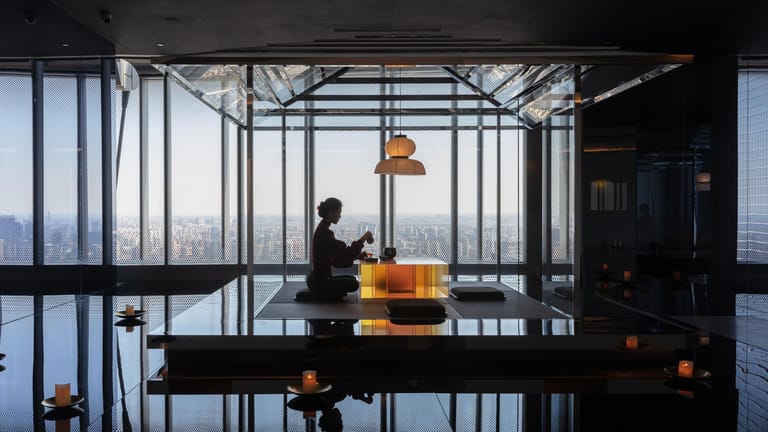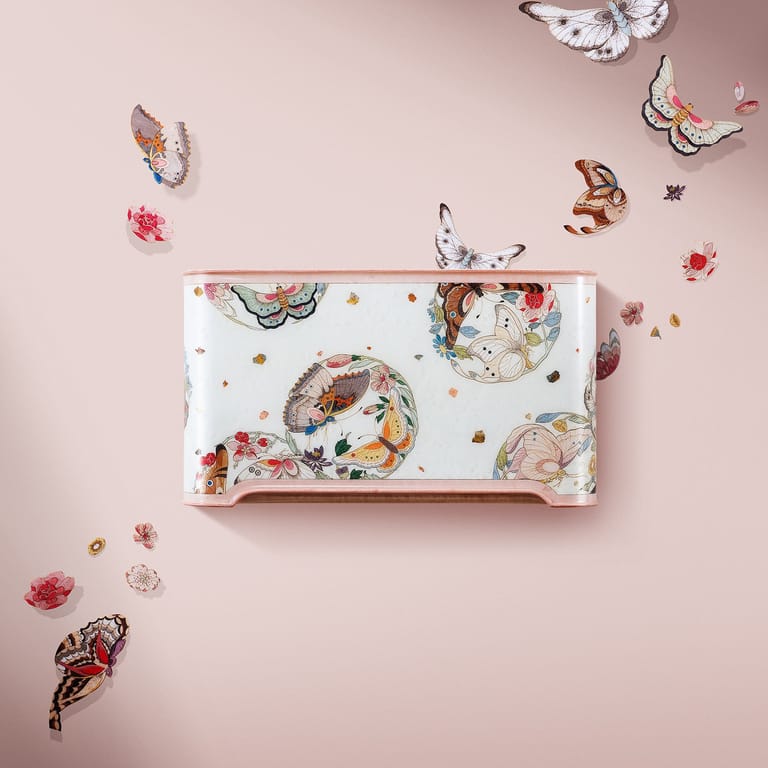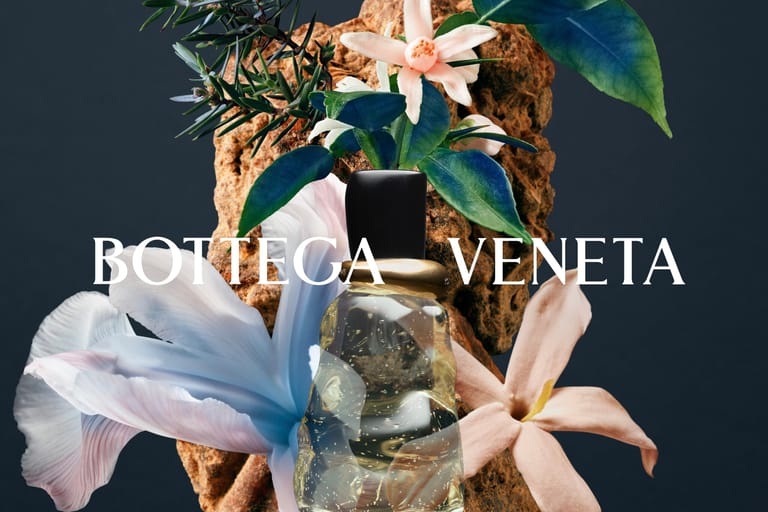Play, Precision, Persistence: How Kunogigi Found Its Design Voice
By
Wenzhuo Wu

Published on
June 25, 2025

Chinese handbag brand Kunogigi is the latest Jingzhi Brand to be highlighted as a pioneer shaping the jingzhi(精致) narrative on the global scene. Jingzhi Brand spotlights the most forward-thinking domestic and global brands shaping China’s jingzhi(精致) landscape. Through in-depth storytelling, we explore innovation, cultural strategy, and market ambition, offering a holistic perspective on the evolving intersection of brand identity and China’s dynamic consumer economy.
Thirteen years ago, in a 7-square-meter room in Hangzhou, Chinese designer Ji Ji began crafting accessories and garments in what would become the first chapter of Kunogigi. Forty uninterrupted days of silent, obsessive creation marked the start of a brand that has since grown into one of China’s most quietly influential design-led handbag labels. To celebrate this anniversary, Kunogigi unveiled an art installation titled Where the Heart Belongs No. 01 alongside a short film To Follow the Heart, Love What You Love—a poetic reminder of its founding vision: to turn personal curiosity into creative momentum and elevate “small passions” into long-lasting impact.
More than a sentimental gesture, the moment signals Kunogigi’s evolution—from a niche studio to a recognized brand with a unique voice rooted in play, discipline, and design integrity.

Craft as Compass: A Brand Forged in Focus and Curiosity
Kunogigi’s founding story isn’t just folklore—it’s the foundation of its creative method. Trained in classical piano and traditional ink painting, Ji Ji brought an innate discipline and eye for structure to the process of handbag design. The brand’s origin—forty days of focused production inside a tiny room—helped solidify not only its aesthetic sensibility, but its core conviction: that design is a practice of attention and experimentation.
Rather than chase trends, Kunogigi’s approach involves deconstructing familiar forms, borrowing from sculpture and everyday objects, and infusing the results with wit and subtle innovation. The aim, according to the founders, is clear: “A bag should be fun. But it should also feel new.”
This spirit of thoughtful play has informed Kunogigi’s design language ever since. Its signature products—like the plump, sculptural Piggy Bag—marry high-level craftsmanship with a sense of humor and personality. Even the brand’s tagline captures this duality: “Curious observation of life, continuous exploration of craft, and a renewed vision for the traditional handbag.”

Scaling with Purpose: Facing Market Pressure and Staying Grounded
Despite its design credibility, Kunogigi hasn’t been immune to the pressures of China’s rapidly shifting consumer landscape. As a digitally native brand, it faced rising customer acquisition costs and intensifying competition driven by price wars. But instead of cutting corners or chasing mass appeal, Kunogigi doubled down on two pillars: full-channel retail development and long-term investment in material and technical research.
In September 2024, the brand opened its first standalone store—an important strategic shift that now sees physical retail contributing 15 percent of revenue, with projections to grow to 20–25 percent by 2025. The rollout focuses on flagship locations in tier-one and provincial capital cities, with around 50 shops planned in the next phase.
What anchors this expansion is a refusal to compromise on product. Kunogigi treats craftsmanship as its main differentiator—investing in details like hidden-seam construction and new forming techniques, and ensuring that tactile quality remains a priority in both design and execution. For a generation of consumers increasingly skeptical of brand names and more attuned to sensory and emotional experience, this rigor matters.
“Our customers don’t just want another container,” Ji Ji explains. “They’re looking for an object that reflects their personality—something sincere.”
Making Creativity Visible: Art, Retail, and the Everyday
Kunogigi’s recent anniversary installation at Shanghai’s West Bund Dream Center was more than a commemorative gesture—it was a strategic cultural statement. By choosing a site that blends commerce, public space, and contemporary design, the brand positioned itself not just as a fashion label, but as a creator of meaningful experiences.
The installation—constructed from dozens of “Piggy Pouches” using the brand’s self-developed puff forming technique—was accompanied by the opening of a new concept store, described as a “Play Workshop.” Here, Kunogigi aims to reframe the role of retail: not just as a point of sale, but as a place to exchange ideas and inspiration.

“There’s no need for distance between art and daily life,” the founders note. “If someone walking by can feel moved by a small act of making, then we’ve succeeded.”
Kunogigi also continues to explore artistic collaborations—recently applying its signature forming technique to new materials, including leather shadow puppetry, in a co-creation project with sand artist Mingzhe. These efforts hint at what’s next for the brand: less about rapid scale, and more about refining a hybrid identity that merges product, process, and cultural imagination.
While international expansion remains under consideration, Kunogigi isn’t rushing. “Design is a universal language,” the founders say. “And we believe our products—built with emotion, precision, and play—can speak for themselves.”
As it enters its second decade, Kunogigi’s focus remains steady: to sharpen its voice, deepen its craft, and continue designing for the kind of consumer who values the small, sincere things.
Stay Connected Through Our Weekly Newsletter













